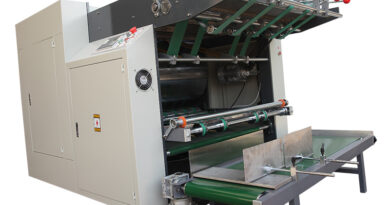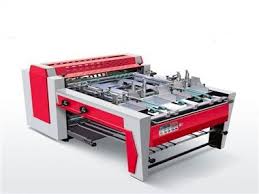“The Role of Grooving Machines in Modern Industries: Types, Applications, and Future Prospects”
Overview and Types
Grooving machines come in various types, each suited to specific tasks and materials. The most common types include:
- Metal Grooving Machines: These are used in metalworking for tasks such as cutting grooves in pipes and structural materials. They are crucial in the fabrication of components where precise grooving is necessary for fitment or welding.
- Wood Grooving Machines: Employed in the woodworking industry, these machines cut grooves in wooden boards and panels. They are indispensable in the production of furniture, cabinetry, and in flooring installations.
- Concrete Grooving Machines: These are used in construction to cut grooves in concrete surfaces. Such grooving enhances traction and reduces the risk of slip-related accidents in places like sidewalks, driveways, and industrial floors.
Applications and Benefits
The applications of grooving machines are vast and varied. In manufacturing, they are used to prepare parts for assembly, ensuring that components fit together perfectly. In construction, grooving enhances safety and durability of surfaces. Grooving machines also find applications in the automotive industry, where they are used to machine parts such as brake discs and engine components.
The benefits of using grooving machines include:
- Precision and Accuracy: They enable the creation of grooves to exact specifications, ensuring the quality and functionality of the final product.
- Efficiency: Automating the grooving process increases production speed and reduces labor costs.
- Versatility: With various types and sizes available, grooving machines can handle a wide range of materials and applications.
Technological Advancements
Technological advancements have significantly impacted the development of grooving machines. Modern machines are equipped with CNC (Computer Numerical Control) technology, allowing for highly precise, automated operations. This integration has led to improved accuracy, faster production times, and reduced waste. Additionally, advancements in tooling materials, such as carbide and diamond-tipped cutters, have extended the lifespan of these machines and have made them capable of handling harder materials.
Environmental and Safety Considerations
While grooving machines offer numerous benefits, it is important to address environmental and safety considerations. Proper ventilation and dust extraction systems are essential to mitigate health risks associated with particulate matter. Moreover, ensuring that machines are properly maintained and operators are trained in safety protocols minimizes the risk of accidents.
Conclusion
Grooving machines are indispensable tools in modern manufacturing and construction. Their ability to create precise grooves in a variety of materials with high efficiency and accuracy makes them a key component in the production of high-quality products and safe, durable infrastructure. As technology advances, the capabilities and applications of grooving machines are set to expand further, underscoring their importance in industrial and construction settings.



